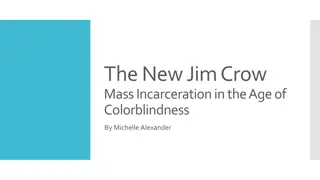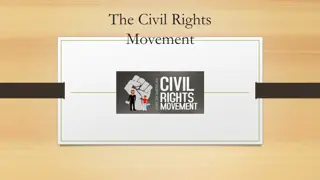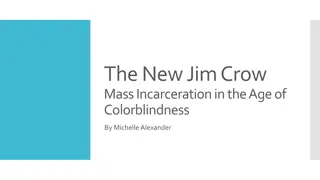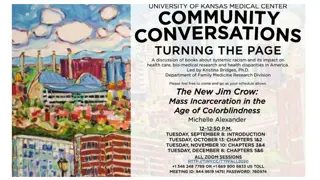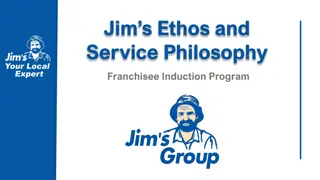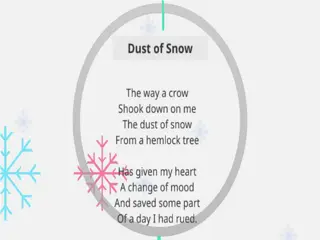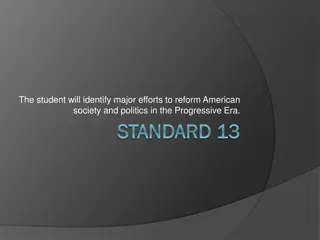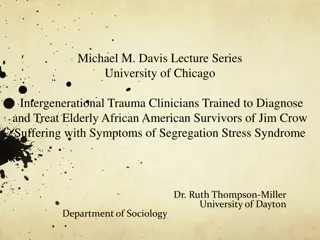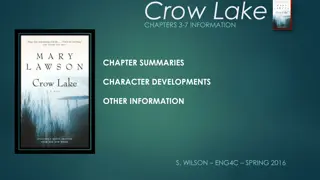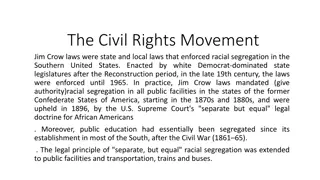JIM CROW REVITALIZED
Opportunity gaps are measures to prevent achievement gaps, encompassing factors beyond standardized test scores such as home environments, access to healthcare, and teacher working conditions. Research shows disparities in instructional approaches based on students' socioeconomic status and race in elementary schools. Achievement gaps stem from opportunity gaps, affecting students' test scores across schools and districts.
Download Presentation

Please find below an Image/Link to download the presentation.
The content on the website is provided AS IS for your information and personal use only. It may not be sold, licensed, or shared on other websites without obtaining consent from the author.If you encounter any issues during the download, it is possible that the publisher has removed the file from their server.
You are allowed to download the files provided on this website for personal or commercial use, subject to the condition that they are used lawfully. All files are the property of their respective owners.
The content on the website is provided AS IS for your information and personal use only. It may not be sold, licensed, or shared on other websites without obtaining consent from the author.
E N D
Presentation Transcript
JIM CROW REVITALIZED Is there a relationship between teacher working conditions and the opportunity gap? JOSEPH MARTIN, M.ED MINER ELEMENTARY 3RDGRADE MATH TEACHER
OPPORTUNITY GAP Opportunity gaps are pro-active measures implemented to prevent achievement gaps. Thinking about unequal opportunity highlights the causes (Carter & Welner, 2016). The opportunity gap includes factors extending beyond standardized test scores such as, home environments (homelessness), access to health, and teachers working conditions. Research has indicated that instructional approaches differ based upon students socio- economic status (SES) and race in elementary schools (Battey, 2012, p. 127).
ACHIEVEMENT GAP Achievement gaps are measured by high stakes testing. Disparities in achievement show a comparison among the students test scores in different schools and different districts. The opportunity gap includes factors extending beyond standardized test scores such as, home environments (homelessness), access to health, and teachers working conditions. Carter and Welner concluded that achievement gaps arise from opportunity gaps (2013).
SCHOOL ACHIEVEMENT DATA School A ELA 12 88 Math 14 86 0 20 40 60 80 100 120 Proficient Below Proficient
SCHOOL ACHIEVEMENT DATA School B ELA 78 22 Math 77 23 0 20 40 60 80 100 120 Proficient Below Proficient
SCHOOL DEMOGAPHICS H Multiracia l 100 White Hispanic 50 Asian Black 0 School A School B Black Asian Hispanic White Multiracial
School A 100 90 94 80 70 TEACHER SURVEY DATA 60 62 58 50 50 50 40 42 38 30 20 10 6 0 School Cleanliness Instructional Autonomy Safe Work Environment Teacher Advocacy Agree Disagree
School B 120 100 96 80 83 81 TEACHER SURVEY DATA 74 60 40 26 20 19 17 4 0 School Cleanliness Instructional Autonomy Safe Work Environment Teacher Advocacy Agree Disagree
RACIAL CASTE a racial group locked into an inferior position by law and custom (Alexander, 2012).
TEACHERINTERVIEW A teacher that has taught at both Schools A and B was interviewed in the process of this research. She shared that she enjoyed her experience better in School B (the higher performing school). because of the lack of micro- management. She also feared for her safety at School A. She placed a special emphasis on the benefit of instructional autonomy that teachers in School B were given.
REFERENCES Alexander, M. (2012). THE NEW JIM CROW. New York, NY: New Press. Battey, D. (2013). 'Good' mathematics teaching for students of color and those in poverty: Theimportance of relational interactions within instruction. Educational Studies In Mathematics, 82 (1), 125-144. Carter, P. L., & Welner, K. G. (2016). Closing the opportunity gap: What America must do to give all children an even chance. Oxford: Oxford University Press. My School DC. (n.d.). Retrieved April/May, 2019, from https://www.myschooldc.org/schools/profile/ My School DC. (n.d.). Retrieved April/May, 2019, from https://www.myschooldc.org/schools/profile/





